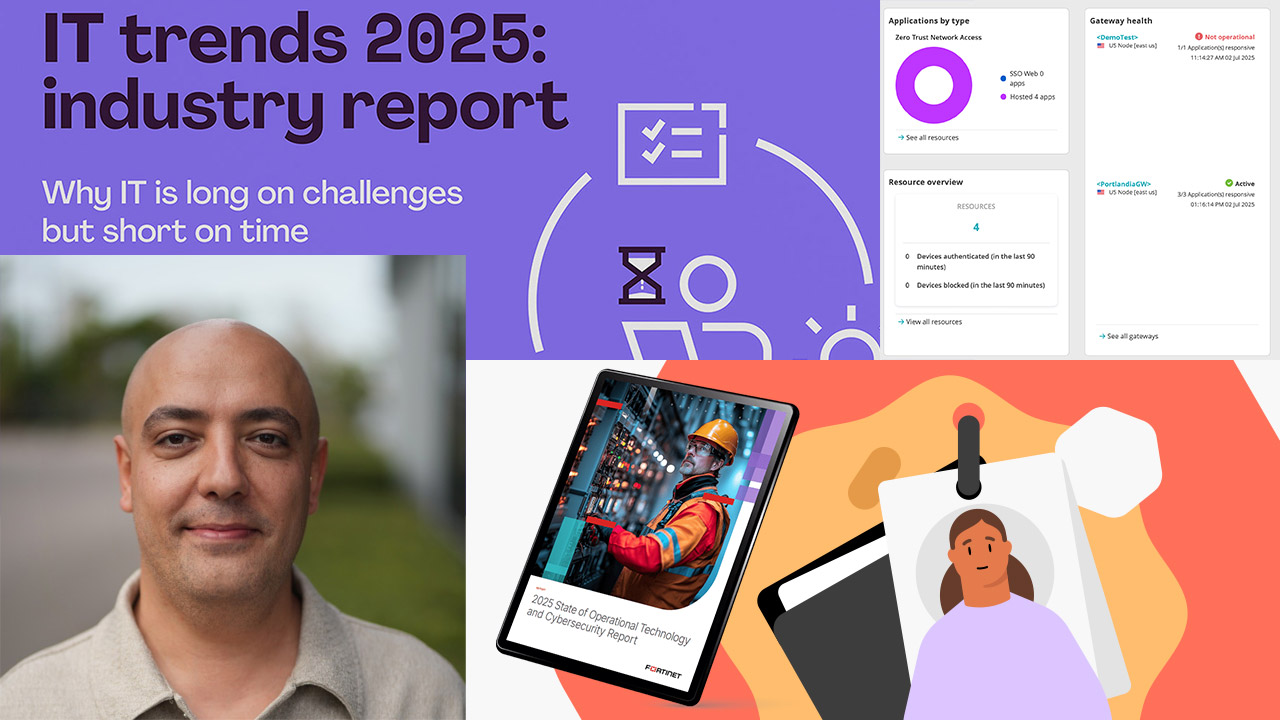The cyber threat landscape is rapidly escalating in complexity and volume, but that’s not the only challenge for internal security and IT teams.
Tightening tech budgets and a nationwide IT and security workforce shortage add to the chaos, making it difficult for organizations to secure experienced professionals and maintain in-house security operations centers (SOCs). Yet even in this high-stakes environment, some organizations still manage cybersecurity on their own.
These companies may not understand the severity or scale of today’s threats, or may believe it’s more cost-effective to go it alone. Others may be concerned that external vendors won’t tailor security solutions to their unique business due to lack of organization-specific knowledge. Or they may worry that off-site resources and infrastructure will complicate security response — and they’re hesitant to hand over system control.
But in today’s tumultuous threat environment, it’s too big a gamble to attempt cybersecurity without expert support.
According to Sophos’ 2023 State of Ransomware Report, cybercrime (particularly ransomware) is more widespread and devastating than ever before. The report found that 66% of organizations have experienced a ransomware attack in the last 12 months.
Attempting to manage cybersecurity without the help of on-demand experts simply isn’t a viable option. The challenges are far too great and the risks are even greater. Here’s why managing in-house cybersecurity is no longer practical for organizations.
The Threat Landscape is Evolving Too Quickly
The 2023 cyberthreat landscape is increasing in complexity, and attacker tools, tactics, and procedures are evolving quickly.
Specifically, attackers have found new ways to deploy ransomware, often exploiting vulnerabilities (36% of ransomware attacks were caused by exploiting vulnerabilities in 2022) or utilizing compromised credentials (29% of ransomware attacks were caused by compromised credentials in 2022). In addition, the accelerating “as-a-service” cybercrime economy has made every part of the attack chain available for sale. As a result, cybercrime is incredibly accessible to every would-be criminal, and attacks from phishing to malware are much easier to execute.
To keep up with ever-evolving adversaries, SMBs need access to 24/7/365 threat-hunting and neutralization capabilities. Specifically, they can leverage managed detection and response (MDR), an outsourced service that provides around-the-clock, human-led threat monitoring, investigation, and remediation. Without this, organizations risk the financial, operational, and reputational costs of a catastrophic attack.
Hiring and Maintaining Security Talent is Competitive and Costly
The national IT and cybersecurity workforce shortage has been a persistent problem over the last several years, and in 2022, the industry experienced a shortage of 3.4 million workers. Qualified security analysts, security operations experts, and IT administrators still are hard to come by, with 64% of cyber leaders reporting talent recruitment and retention as a key challenge to achieving cyber resilience.
The SMBs that manage to hire qualified security professionals find retaining a full staff expensive. A full-time security analyst typically costs organizations $100,000-150,000 per year, and even with several team members, ensuring 24/7 defenses is a tall task. The resulting stress can take a serious toll on internal teams.
For most SMBs, investing in external security management is less expensive than hiring even one full-time security specialist. By leveraging a full-fledged team of experts, leadership removes the burden of always-on monitoring from internal team members.
Lack of Access to Large-Scale Cybercrime Knowledge

Scott Barlow
While SMBs have deep knowledge of their own operations, they lack broader industry context and comprehensive knowledge of environmental cybercrime trends.
Without a continuous view into the full scope of evolving attacker behaviors and cybercrime developments, it’s nearly impossible to defend against complex threats. Further, most SMBs don’t have the internal resources to monitor cybercrime trends while simultaneously advancing their goals.
External specialists are committed to staying ahead of attacker trends and providing the latest in cybersecurity technology. As a result, they have far greater industry context and cybercrime knowledge than most SMBs. These vendors have thousands of customers in any given industry, and they’re constantly collecting industry-specific threat intelligence data.
Across tens of thousands of cross-industry environments and billions of cybercrime events processed each day, cybercrime specialists are continuously learning which evolving attacker behaviors pose threats to organizations.
This comprehensive scope is the key to understanding cybercrime adversaries, and most SMBs simply can’t access this level of knowledge.
Developing and Maintaining Proprietary Cybersecurity Tools is a Financial Drain
Managing cybersecurity internally often means developing and maintaining proprietary security tools — a costly and resource-intensive undertaking.
Investing in proprietary tools means organizations must establish and maintain an on-site SOC, which can be costly for organizations. In-house SOCs also require that organizations procure all the needed security technologies to support it, with most requiring an average of 46 different monitoring tools.
Further, all these tools need custom code to support their integration into organizational environments, and internal teams must develop processes and systems to manage an extremely high volume of alerts. Organizations that go this route often must work with multiple vendors to secure these various tools and assist in their integrations.
However, organizations need only work with one vendor if they leverage cybersecurity-as-a-service (CSaaS), a security model where organizations outsource some or all security operations on a pay-as-you-go basis.
An experienced CSaaS vendor can do it all, from designing and implementing integrations to managing 24/7/365 network alerts. This eliminates the costly and time-intensive burden of maintaining an in-house SOC, and allows more than just survival.
Many organizations are pouring time, energy, and resources into internal cybersecurity management, taking critical investment away from growth opportunities and hindering progress toward larger business initiatives.
But you don’t have to. The CSaaS model gives your internal teams access to cross-industry experts, dynamic threat intelligence, and on-demand resources — freeing you to focus on critical revenue drivers and strategic initiatives.
By leveraging the right cybersecurity support, you ensure sophisticated defenses to counter today’s most complex threats, and you free your teams from a survival-first cybersecurity mindset.
Scott Barlow is vice president of global MSP & cloud alliances at Sophos.
Image: iStock












